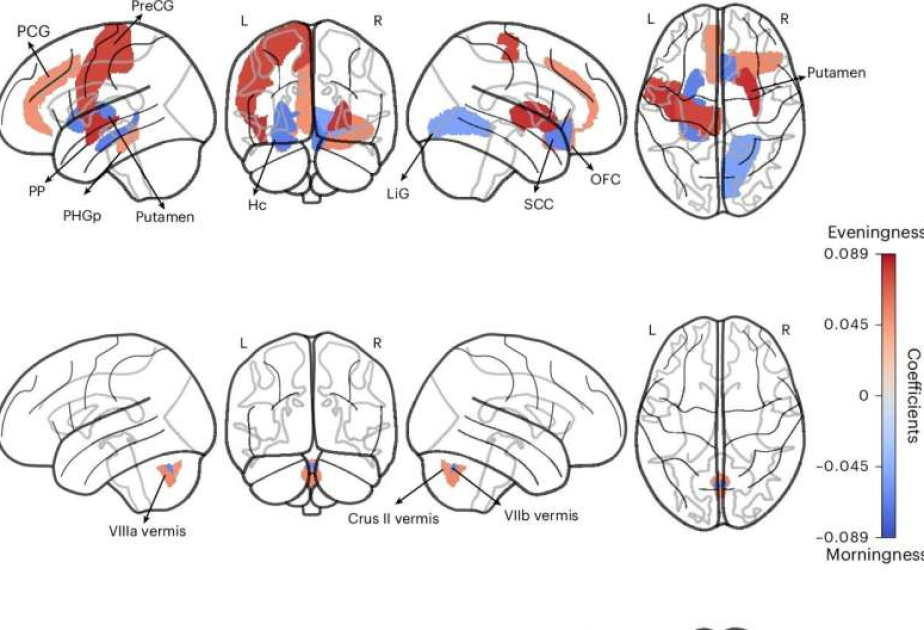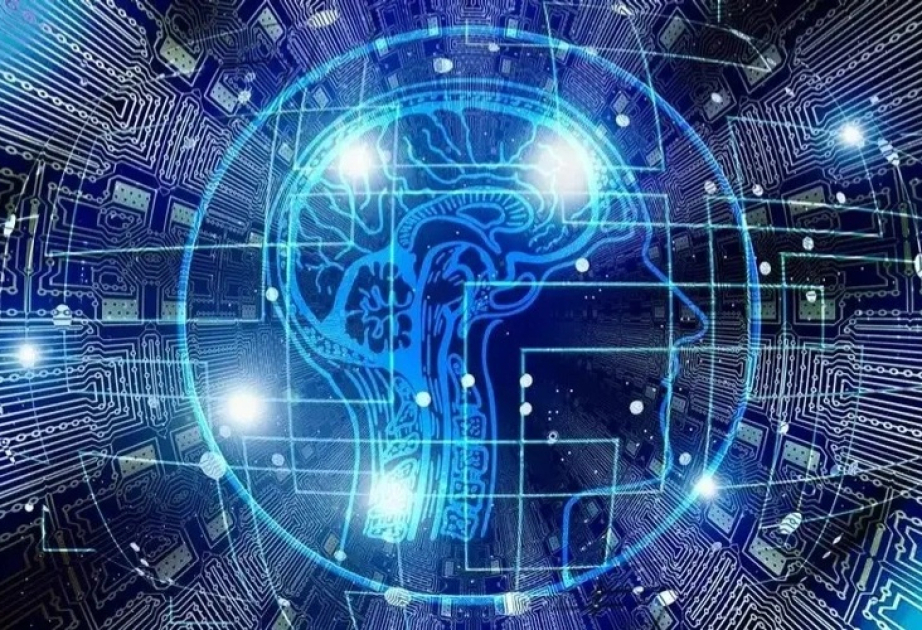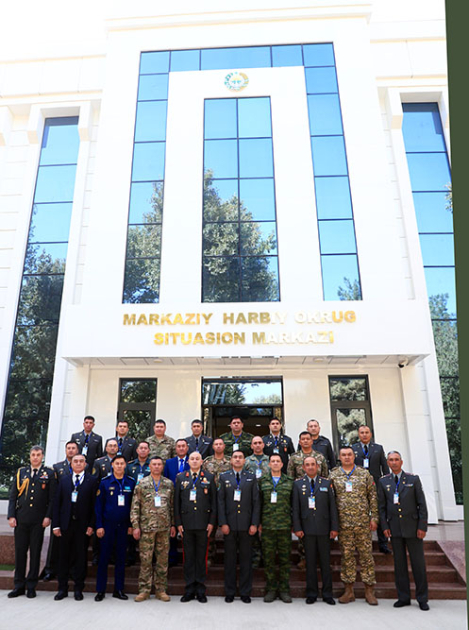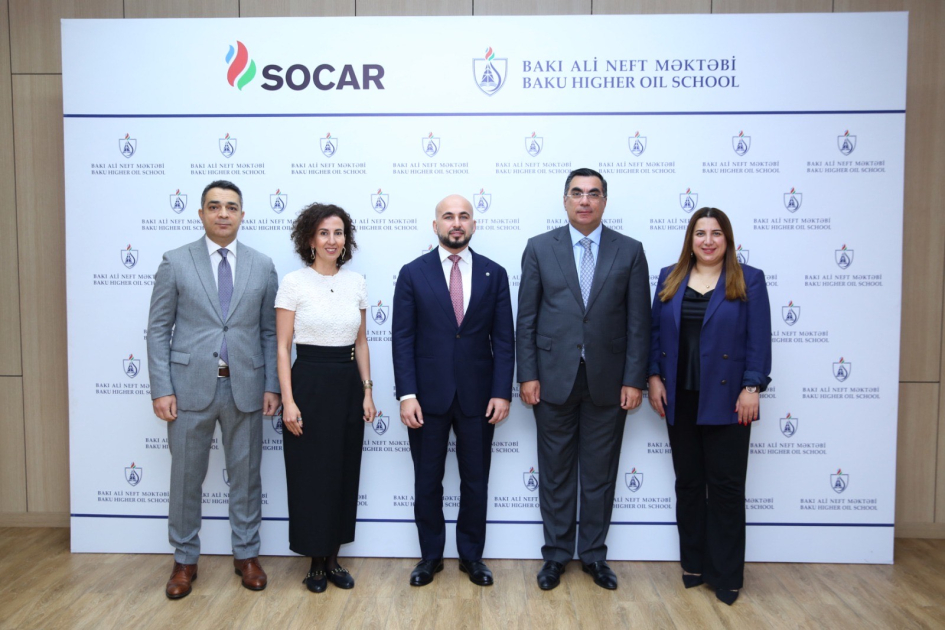Human beings exhibit marked differences in habits, lifestyles and behavioral tendencies. One of these differences, known as chronotype, is the inclination to sleep and wake up early or alternatively to sleep and wake up late, according to Medical Xpress.
Changes in society, such as the introduction of portable devices and video streaming services, may have also influenced people's behavioral patterns, offering them further distractions that could occupy their evenings or late nights. Yet past studies have found that sleeping and waking up late is often linked to a higher risk of being diagnosed with mental health disorders, such as depression and anxiety disorders, as well as poorer physical health.
Understanding the neurobiological underpinnings of humans' chronotypes, as well as the possible implications of being a so-called "morning person" or "night owl," could thus be beneficial. Specifically, it could inform the development of lifestyle interventions or medical treatments designed to promote healthy sleeping patterns.
Researchers at McGill University, the Mila–Quebec Artificial Intelligence Institute and other institutes recently carried out a study exploring the neurobiological underpinnings of people's natural tendency to be more active at specific times of the day. Their findings, published in Nature Human Behavior, unveil associations between chronotype and specific trends in the structure of the brain, as well as reward processing and the regulation of emotions.
"As an explicit manifestation of circadian rhythms, chronotype is closely intertwined with physical and mental health," Le Zhou, Karin Saltoun and their colleagues wrote in their paper. "Night owls often exhibit unhealthier lifestyle habits, are more susceptible to mood disorders and have poorer physical fitness compared with early risers. Although individual differences in chronotype yield varying consequences, their neurobiological underpinnings remain elusive."
The primary objective of this recent study by Zhou, Saltoun and their colleagues was to explore the link between chronotype and various phenotypes (i.e., characteristics or traits arising from the interaction between a person's genes and their environment). In addition, it was aimed at determining whether the brains of morning people and night owls exhibit some differences.
To work toward these goals, the researchers analyzed data from one of the largest biomedical databases compiled to date, the UK Biobank. Their analyses focused on the chronotype of included individuals, as well as imaging scans capturing their brains and various phenotypes.
"We conducted a pattern-learning analysis with three brain-imaging modalities (gray matter volume, white-matter integrity and functional connectivity) and capitalized on 976 phenotypes in 27,030 UK Biobank participants," wrote the researchers. "The resulting multilevel analysis reveals convergence on the basal ganglia, limbic system, hippocampus and cerebellum. The pattern derived from modeling actigraphy wearables data of daily movement further highlighted these key brain features."
Notably, this study is one of the most comprehensive explorations of the neurobiology of chronotypes carried out to date. The findings it gathered suggest that chronotype is deeply rooted in the biology of the brain, while also confirming its connections with people's unique traits, learning, emotional regulation and behavioral patterns.
This recent work could soon inform future research aimed at further exploring the neurobiological differences between morning people and night owls. Eventually, it could also contribute to the development of targeted interventions to treat mental health conditions or improve people's lifestyle, which also account for chronotype-related factors.





















